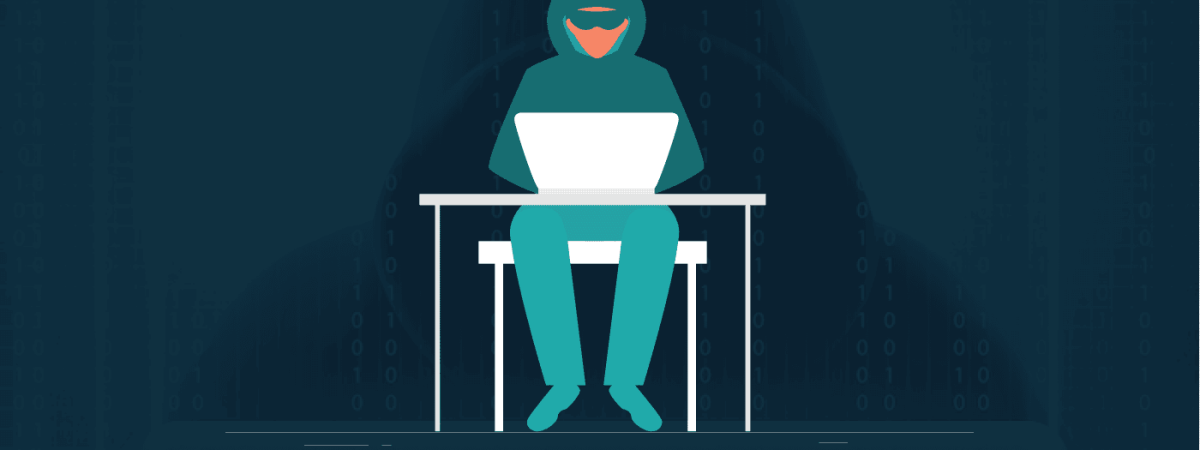Privilege escalation is a standard method hackers use to access systems or data. It’s essentially a way for hackers to exploit vulnerabilities to obtain higher-level privileges and access confidential information.
There are many ways to prevent privilege escalation attacks, and everyone- businesses and individuals alike- must be aware of them and take the necessary precautions.
This article will discuss how it works and how to handle and prevent it.
How does it happen
Privilege escalation occurs when individuals can execute commands with greater privileges than they would otherwise have been allowed by their current position within the system. For example, suppose someone has administrator rights on one machine but logs into another regularly. In that case, they may leverage those elevated permissions from one computer onto the other without any additional authentication because of how the systems are designed to handle permissions.
Many privilege escalation attacks use known vulnerabilities, which gives the hacker an unfair advantage when compromising your system or network. They can guess passwords, use malware or other software exploits to gain the necessary access or exploit holes in network security that they can.
Several types of privilege escalation can be split into two separate categories: local and remote.
How to prevent privilege escalation attacks
You can take many steps to reduce your risk of experiencing an attack. Some can be implemented immediately, while others may require effort and some re-arranging on your part. A few ways organizations can prevent privilege escalation attacks include:
1. Routinely assess
Routinely assess your current security levels and configure them to meet the minimum requirements for your business. This means evaluating your existing setup in light of best practices, industry standards, legal compliance, and regulatory mandates-including GDPR-to ensure you have a secure system capable of minimizing potential attacks.
2. Install patches
Be sure to install patches on all systems regularly to run the most up-to-date versions possible without having old vulnerabilities opened back up if new releases are made available. Also, regularly scan for malware, especially with programs that periodically scan for rootkits, infections, etc.
3. Password security
Increase the use of unique passwords per website or application when you can. This makes it harder for hackers to gain access if they obtain your login information for one site.
4. Using MFA
If you lack the technical expertise, enable multi-factor authentication (MFA) on all your accounts. This means adding another security layer separate from your username and password that only you should know, like a code sent via text or generated by an authenticator app on your phone.
5. Back-up data
Back up all data regularly to have it in another location in case something goes wrong with the original file(s) or they are lost/corrupted accidentally. Last but not least, be careful with what sites you visit related to any hobby, job, etc., because whatever is happening there might be happening with you, too.
The Benefits
Preventing privilege escalation attacks benefits businesses by protecting their systems and data from hacking and individuals by protecting their personal information from theft. Additionally, businesses can protect their reputations and avoid financial losses.
Share this article
About the Author
Waqas is a cybersecurity journalist and writer who has a knack for writing technology and online privacy-focused articles. He strives to help achieve a secure online environment and is skilled in writing topics related to cybersecurity, AI, DevOps, Cloud security, and a lot more. As seen in: Computer.org, Nordic APIs, Infosecinstitute.com, Tripwire.com, and VentureBeat.
More from Iam WaqasRelated Posts
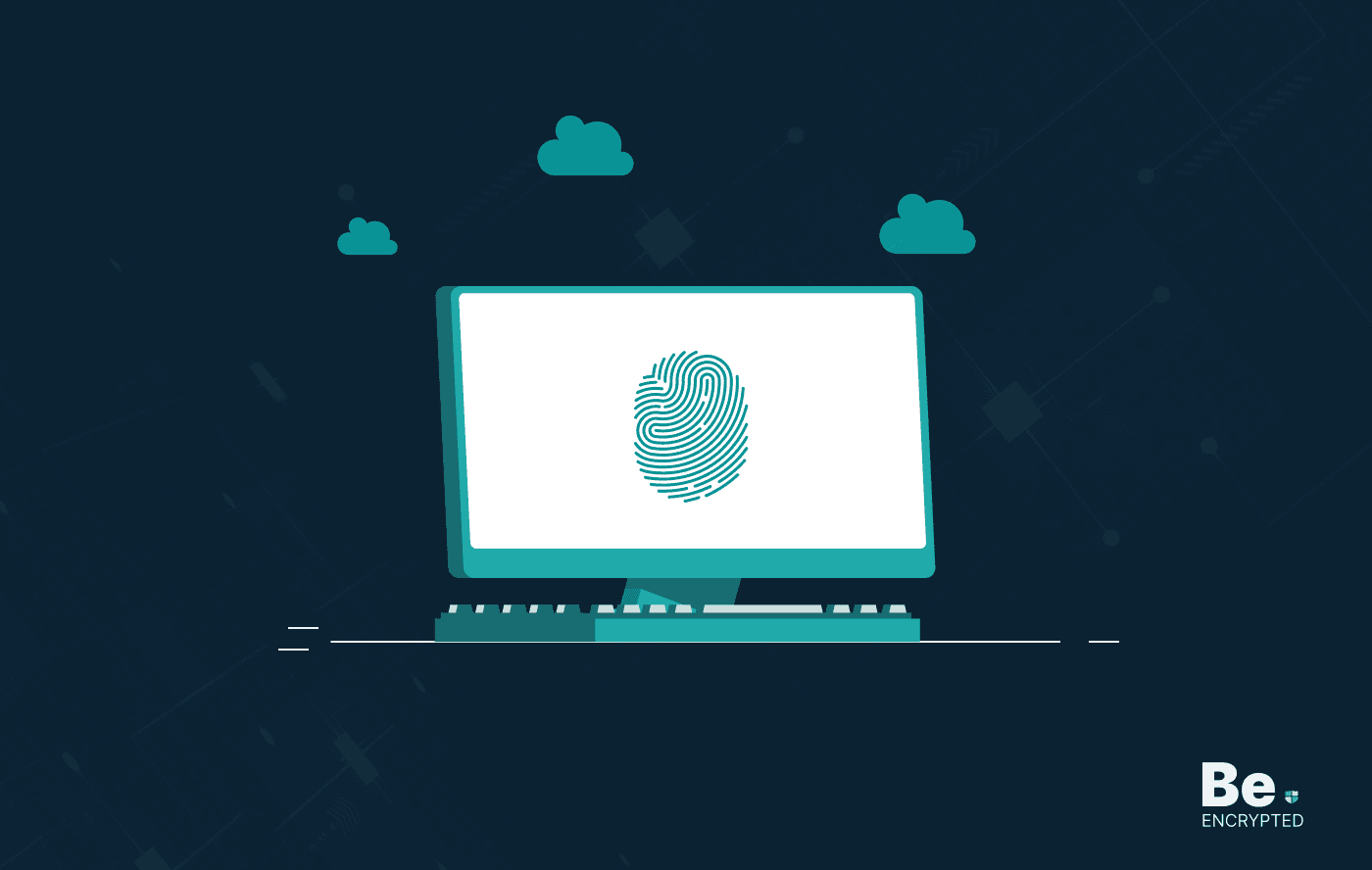
19 Best Vulnerability Management Software or Tools in 2024
KEY TAKEAWAYS Vulnerability management tools scan and detect weaknesses within the network that hac...

How to Detect, Identify and Fix Packet Loss with Best Tools
KEY TAKEAWAYS Packet loss reduces the speed and amount of data that flows through the network. This ...
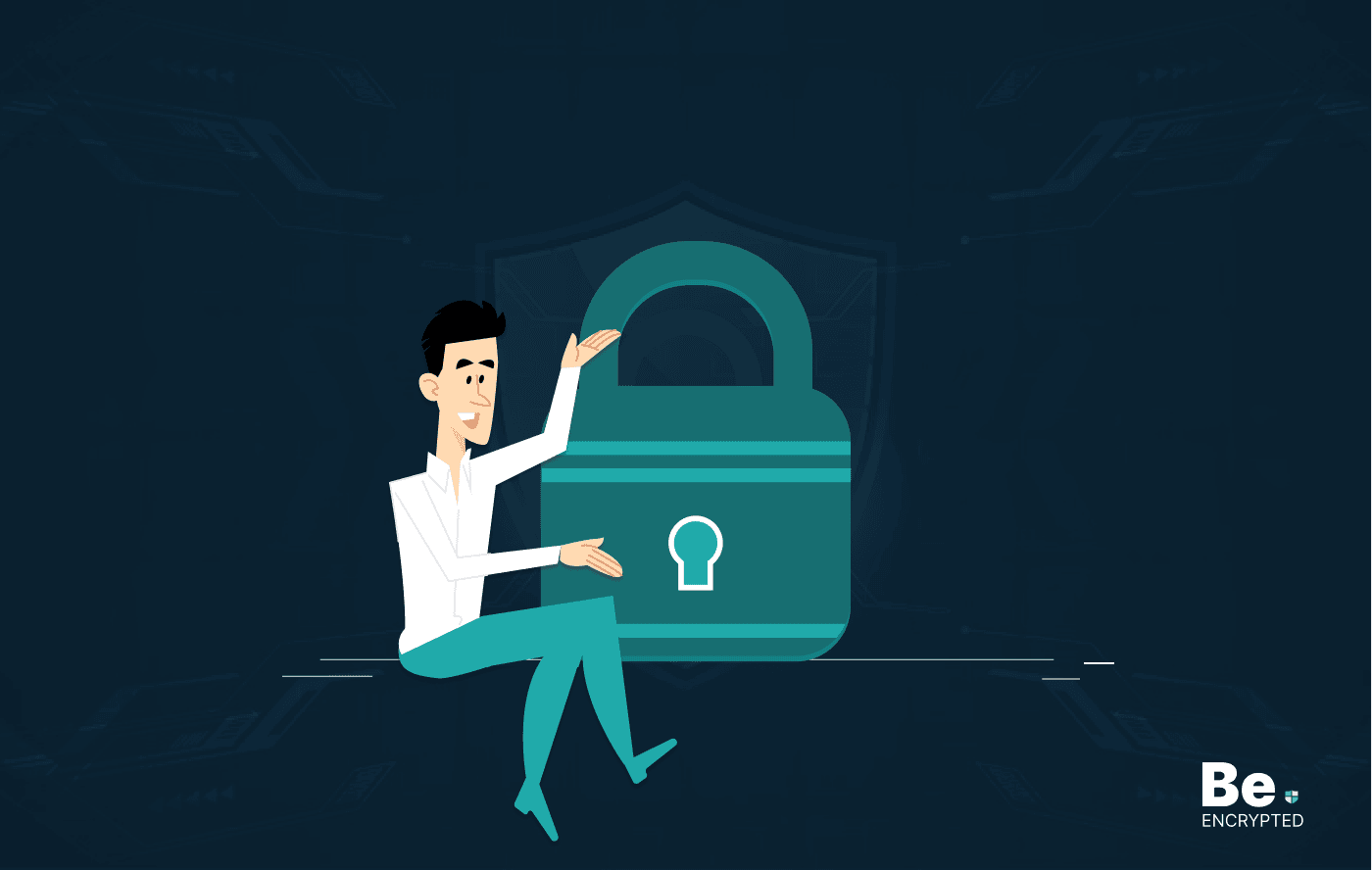
15 Best Network Security Software – Top Pick Of Organizations
KEY TAKEAWAYS Network security software keeps the data secure and blocks malicious or potentially vu...
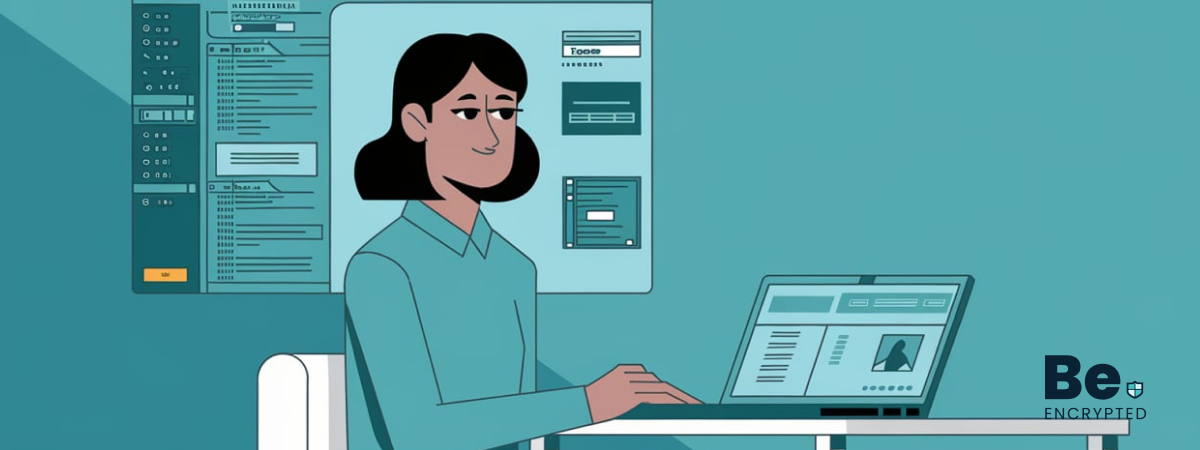
15 Best Virtual Machine Software for Windows in 2024
KEY TAKEAWAYS Virtual machine software is a vital tool for developers to deploy VM software to test ...
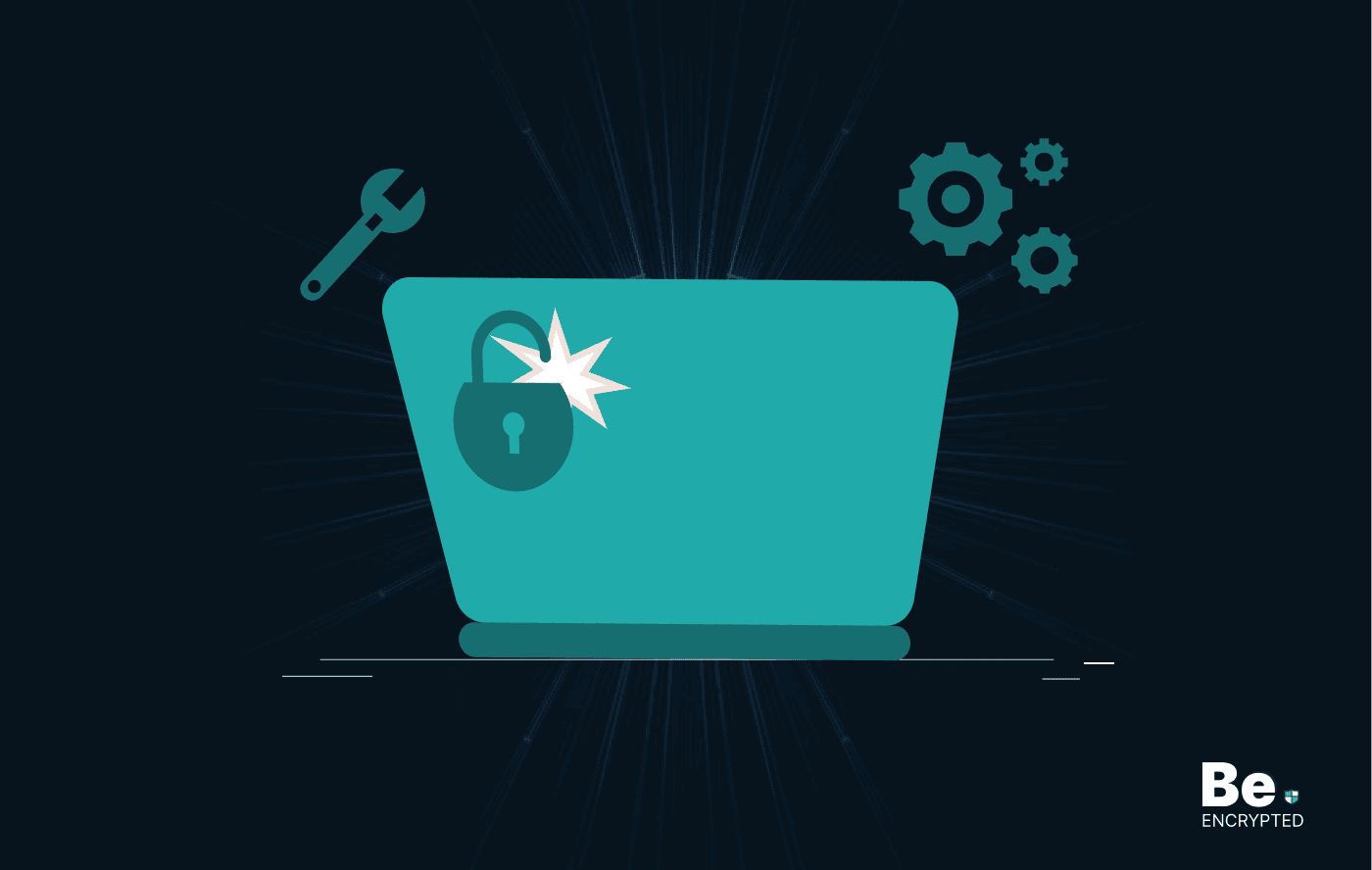
What is Software Deployment: Risks and Best Practices
KEY TAKEAWAYS Software deployment is facing various security risks amidst the advancements in the in...
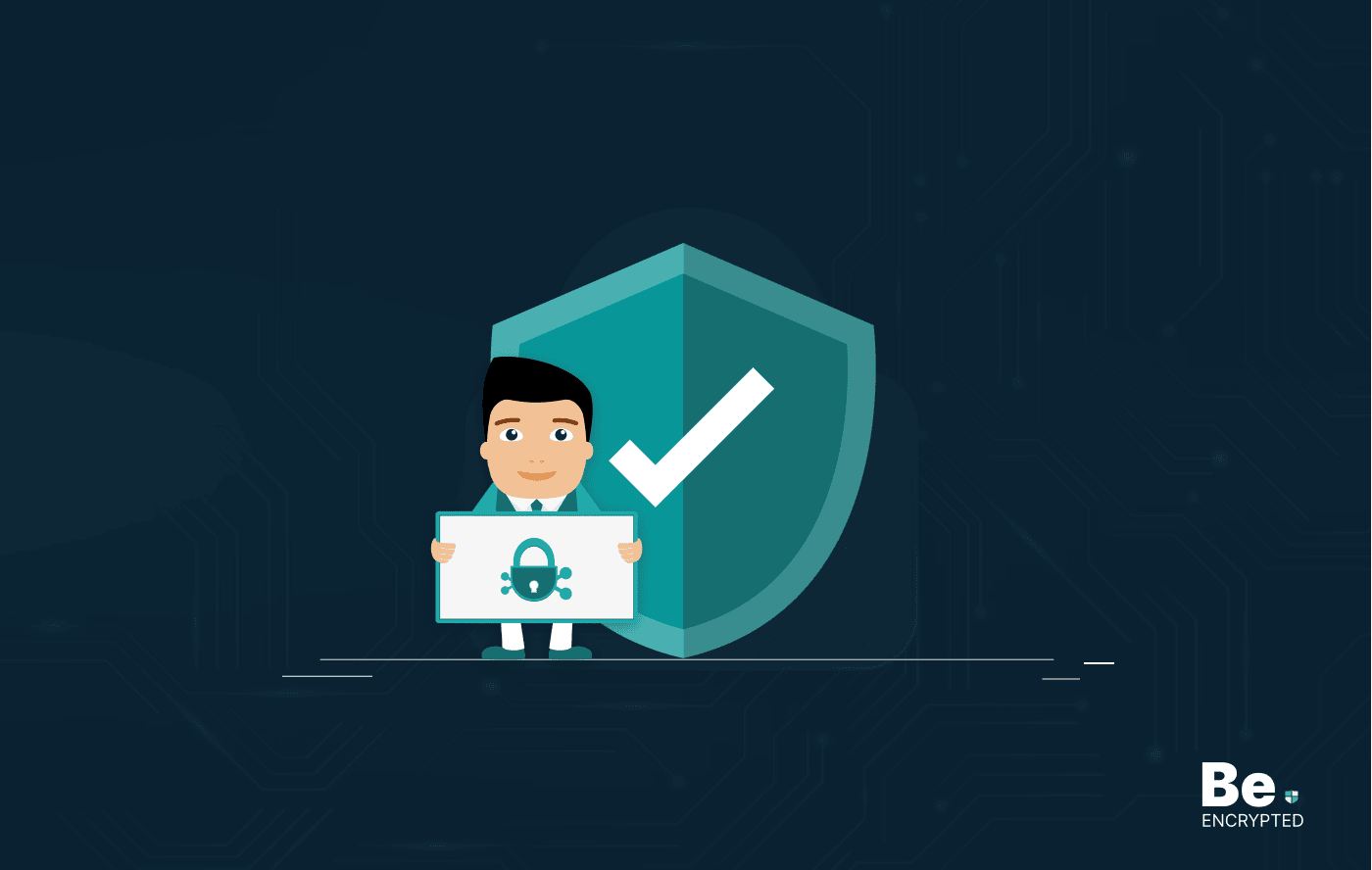
Building Encryption into the Network Fabric with SASE
A network fabric is a mesh of connections between network devices such as access points, switches, a...
